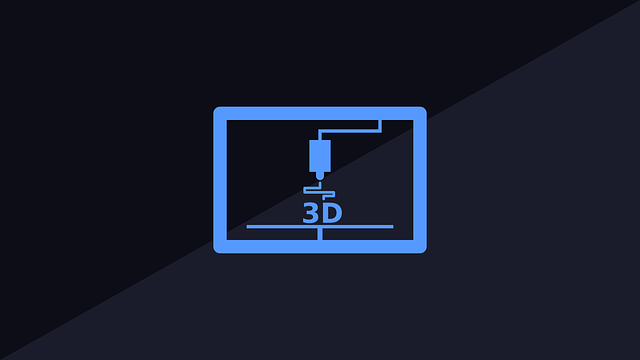A recent study used 3D printing technology to design flexible meshes for various medical applications, including ankle and knee braces.
3D printing technology has allowed researchers to make several impressive medical devices, including hearing aids, dental crowns, and limb prosthetics. All these devices are made with solid, relatively inflexible material so that they can provide optimal support. The hard and rigid material, however, is not ideal for certain areas of the body with soft tissue, like muscles and tendons. In a recent paper, published in Advanced Functional Materials, Pattinson and colleagues designed and tested pliable, 3D printed flexible meshes to support the ankles and knees.
To create the mesh, the researchers used a material called thermoplastic polyurethane printed in a wavy pattern, much like the structure of collagen found naturally in ligaments, tendons, and muscles. For the ankles, they designed a long strip of mesh and stuck it along the outside of the ankle. A special robot was used to measure the force exerted by the ankle, with or without the mesh, as it was moved in 12 different directions. They found that the mesh only increased ankle stiffness during inversion movement, the most common cause of ankle sprains. A stiffer ankle during inversion could help reduce the risk of sprains. They also designed a knee brace with a mesh that had centers with auxetic structures, which are patterns that become wider when pulled them apart. The knee brace was found to conform to the knee joint and would allow for natural movement while also providing support.
Pattinson and his colleagues have demonstrated the potential for 3D printing to be used in designing flexible mesh that can support soft tissues, like ankle and knee joints. They also believe that their designs can be slightly modified for different parts of the body. For instance, implantable hernia meshes can be designed with a combination of flexible and stiff material. This would provide the mesh an ability to stretch up to a certain point, after which it would begin to stiffen and prevent overstraining of muscles. The researchers also believe that this technology could be applied in the design of flexible meshes for all sorts of other medical devices, including surgical meshes, orthotics, and even cardiovascular devices.
Written by Haisam Shah, BSc
Reference: Pattinson, S. W., Huber, M. E., Kim, S., Lee, J., Grunsfeld, S., Roberts, R., … & Hart, A. J. (2019). Additive Manufacturing of Biomechanically Tailored Meshes for Compliant Wearable and Implantable Devices. Advanced Functional Materials, 1901815.
Image by krzysztof-m from Pixabay



